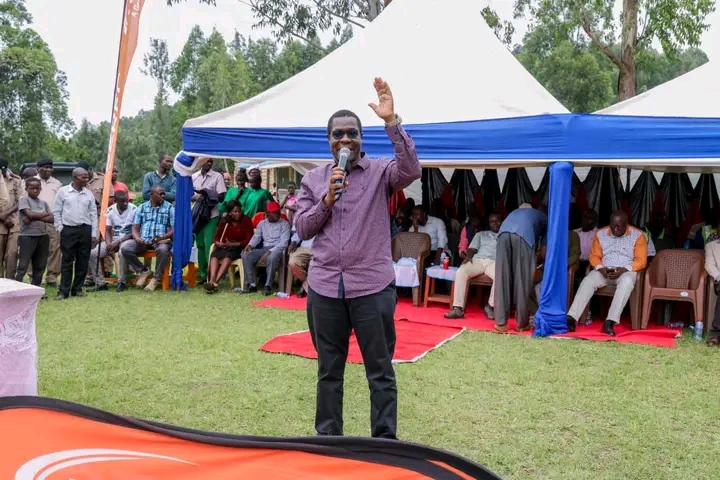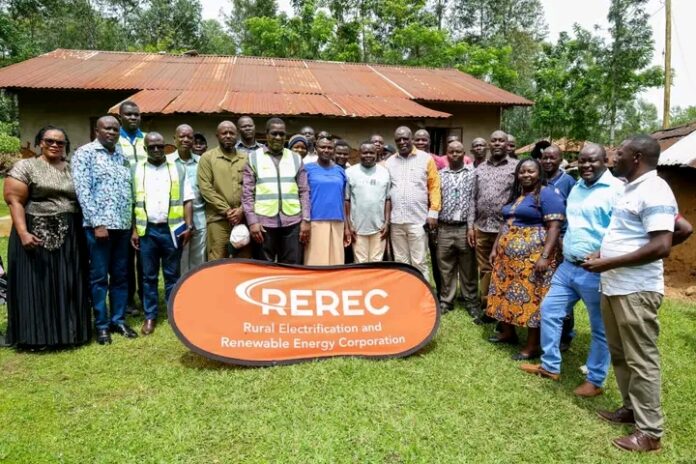JAMES KILONZO: The commissioning of the Rural Electrification and Renewable Energy Corporation (REREC) electricity project in Kagito, Uriri Constituency, Migori County, by Cabinet Secretary for Energy and Petroleum Opiyo Wandayi represents a decisive step in Kenya’s ongoing journey towards inclusive development and universal access to electricity.
This project forms part of a robust government agenda that aims to drastically expand power access across rural Kenya through substantial investments and targeted programs, including the widely impactful Last Mile Connectivity initiative.
Addressing energy disparities remains a national priority, with a clear commitment to ensuring that all communities, including remote and underserved locations such as Kagito, receive the electricity necessary to foster growth and improved living standards.

Rural electrification transcends the physical infrastructure of power lines and transformers; it is a vital conduit for socio-economic transformation.
In Migori County alone, the government has dedicated approximately Sh1.8 billion to enhance electricity supply, an investment designed to catalyze development effectively.
Electricity access scores essential services such as healthcare, education, and security, while simultaneously enabling local businesses and farmers to increase productivity and economic gains.
For the agrarian population in Kagito, electrification unlocks opportunities for modern agricultural practices like automated irrigation systems, cold storage facilities that reduce post-harvest losses, and mechanization that optimizes labor efficiency.
These advancements translate to higher yields and better household incomes.
Beyond the direct utility of power, the wider ramifications of electrification ripple through the social and economic fabric of communities.
Electrification stimulates the growth of micro, small, and medium enterprises (MSMEs), fostering entrepreneurial ventures that create jobs and diversify rural economies.
Households benefit from improved lighting, facilitating longer productive hours and safer environments.

Schools equipped with electricity gain access to digital learning tools, enhancing educational quality.
Health centers become more reliable, capable of operating essential medical equipment and providing emergency services more effectively.
Such multilevel benefits contribute significantly to poverty reduction and encourage residents to remain in or return to rural areas, countering urban migration trends.
The government’s strategic approach, exemplified by Wandayi’s leadership since his appointment in August 2024, illustrates a blend of political experience and technical expertise driving energy sector reforms and investments.
Kagito’s electrification project embodies this vision, not only transforming the local landscape but also reinforcing Kenya’s broader commitment to equitable and sustainable development.
The success of such projects relies on sustained funding, effective county collaboration, and community involvement to ensure that power reaches all corners efficiently and is utilized optimally.
With these foundations, Kenya moves closer to realizing a future where energy is a universal resource driving social inclusion, economic empowerment, and environmental sustainability.

